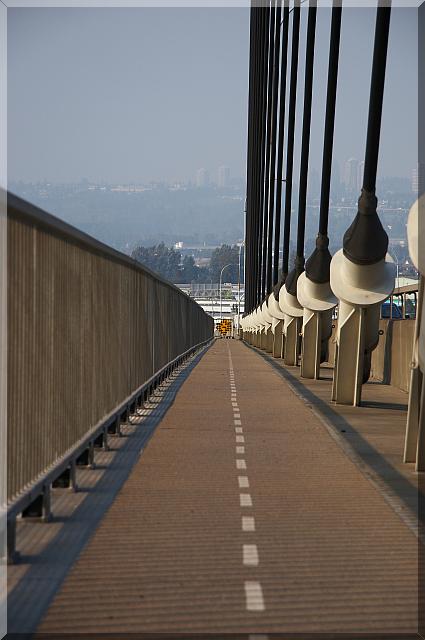Despite its apparent simplicity (i.e. capturing a projection of a scene on a photosensitive surface), the photography represents much more than a series of operations technical in nature. Because it is a form of art, photography requires getting familiar with aesthetics, composition and expression at least at an elementary level. As mentioned into another post, the final captured image has to be able to communicate with the viewer; in order to achieve this goal we have to learn something else other than the simple technicalities usually available in the user guide of the camera we just bought.
Hardly possible today, one of the most useful experiences would be a few months of training and practicing on a view camera. Seeing how the scene is projected (upside down) on the ground glass, learning how to focus or change the aperture, trying to find the right angle and the best light then framing the subject without the help of a modern zoom lens would contribute to a better understanding of the basics of the photography. On the big ground glass of a view camera the photographer can see the elements which create the image on the flat surface of the glass and, more important, the effect of different operations on the controls of the camera.
 The live image on the ground glass of a view camera would give us a better understanding of what the photo sensor (regardless of its nature) “sees” through the lens. It is important to understand how the tri-dimensional scene becomes a bi-dimensional image (projection), how its whole reach tonal scale is reduced almost in half, and how the angle and depth of the image is sometimes so different from what our eyes can see.
The live image on the ground glass of a view camera would give us a better understanding of what the photo sensor (regardless of its nature) “sees” through the lens. It is important to understand how the tri-dimensional scene becomes a bi-dimensional image (projection), how its whole reach tonal scale is reduced almost in half, and how the angle and depth of the image is sometimes so different from what our eyes can see.
Is it possible to replace the view camera with something available today that would offer a similar experience?
Fortunately, any modern digital camera, especially a DSLR, with full manual controls and live view mode can help. Some digital cameras can work connected to a computer allowing a monitor to be used in place of the small LCD screen that most of the cameras have. In a future post I will describe such an experiment.
What about those fully automatic cameras (so called “point-and-shot”)? Virtually all cameras in this category have live view on the LCD screen. Unfortunately, not all of them come with full manual controls. And very few will allow us to see the effect of the aperture change live on the screen. However, we can experiment with such cameras in a limited fashion using the least “intelligent” modes. In any case, we will use the automated functions to compare the results and evaluate their usefulness. The conclusions may surprise you!
Not owning a camera yet? Here are some examples:
- Canon PowerShot SX230 HS;
- Sony Cybershot DSC-HX9V;
- Nikon Coolpix P300;
- Canon EOS 600D;
- Nikon D3100;
- Sony SLT-A55;
- Canon EOS 60D;
- Nikon D7000.
Obviously, there are many more. I’m not recommending or endorsing any of them yet. Just enough to say that these are all good cameras with a rich set of features, including live view and manual controls, for various budgets in the range $300 to $1800.
Another post will try to offer some guidance for selecting the right camera. So, don’t jump on buying one right now!
